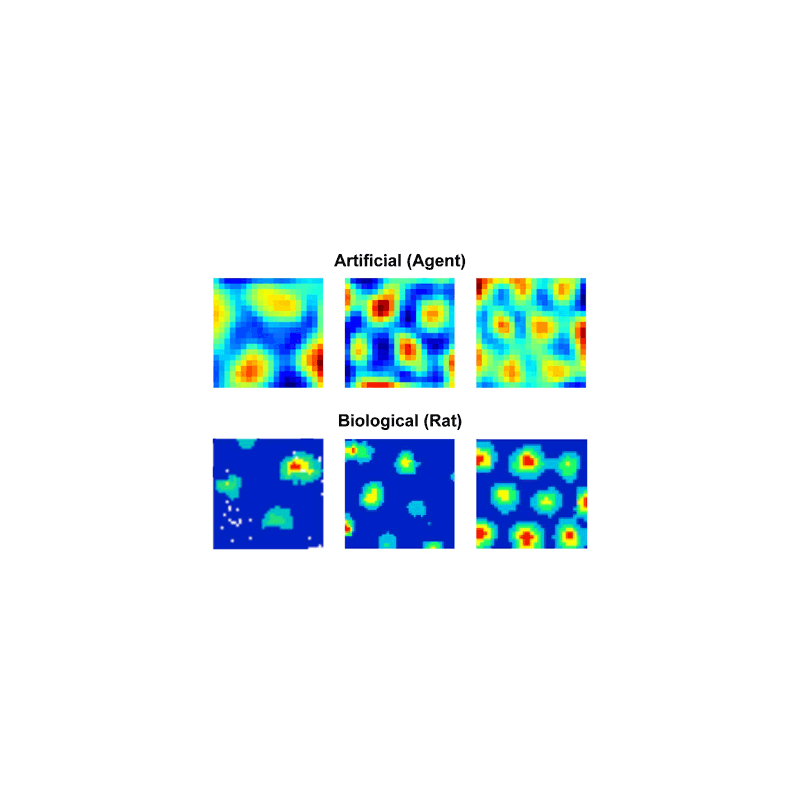
We can navigate the world we're in using our guts. We know where we are, and we can take shortcuts to our destination with ease.
This inner "satnav" is built inside our brain as well as most animals. Called "Grid Cells" they generate complex neural codes which the brain uses to navigate through space. In short, it's a built-in mechanisms that help us find our way.
However, the underlying brain computation that does that simple navigation, such as planning the most direct route between points A and B, is relatively unknown.
Scientists from Google's DeepMind have used artificial intelligence (AI) to recreate that. And neuroscientists can learn navigational circuitry of the human brain by looking at artificial versions.

It was in 2005 that the "Grid Cells" were first discovered by Norwegian neuroscientists May-Britt and Edvard Moser, earning them a 2014 medicine Nobel Prize. These Grid Cells include a potentially crucial part of the neural circuitry that have neurons that fire in a regular hexagonal pattern as animals explore their environment.
This is believed to facilitate spatial navigation, similar to gridlines on a map.
And besides giving animals an internal coordinate system, these Grid Cells neurons have also been hypothesized to support vector-based approximation of location. And that is to enable the brain to calculate the distance and direction to a desired destination.
Initially, DeepMind’s was checking into one of these theories by training the AI to navigate between two points in a 2.2 by 2.2-meter square. But then the researchers noticed that the AI has developed a system of its own that imitates Grid Cells in order to solve navigation problems in the same way laboratory mice and most mammals do.
It was a surprise because the AI weren't programmed to do so.
According to a company blog post:
We found that grid-like representations (hereafter grid units) spontaneously emerged within the network – providing a striking convergence with the neural activity patterns observed in foraging mammals, and consistent with the notion that grid cells provide an efficient code for space."

The scientists then tested the theory by using reinforcement learning to reward the AI for successfully navigating virtual game environments using vector-based navigation. First, the experiment allowed the AI to develop its own Grid Cells, and the result was it having navigational abilities. But restraining it from developing one, instantly made it worse in navigation.
Google didn't discover the secrets of Grid Cells by creating an AI that spontaneously imitates them. But this advancement in technology would allow robots to navigate our world, just like laboratory mice, or even humans.
Initially, in the simulated environments, the AI outperformed humans in simple navigational tasks.
